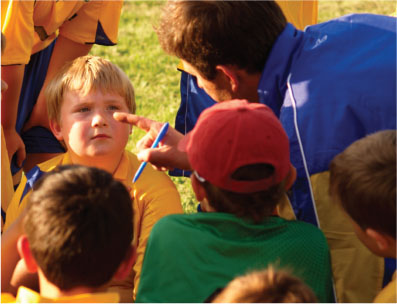 Youth team sports have not seen a sharp downturn in interest during the recession—and some sports, like lacrosse, are seeing marked growth.
Youth team sports have not seen a sharp downturn in interest during the recession—and some sports, like lacrosse, are seeing marked growth.
The key trends identified by the E&S players who specialize in this market sector: a heightened awareness among parents (and plaintiff attorneys) of the long-term repercussions of concussions; and increasing interest in sexual-abuse coverage, following two high-profile incidents at the college level.
The question of permanent damage from concussions has been the biggest youth-sports topic among parents and insurers, says James Decker, assistant vice president of the commercial-lines division for Philadelphia Insurance Cos. in Bala Cynwyd, Pa. People are beginning to ask questions about the responsibility of the amateur leagues as far as knowing there is an inherent risk, he says.
Recommended For You
Want to continue reading?
Become a Free PropertyCasualty360 Digital Reader
Your access to unlimited PropertyCasualty360 content isn’t changing.
Once you are an ALM digital member, you’ll receive:
- Breaking insurance news and analysis, on-site and via our newsletters and custom alerts
- Weekly Insurance Speak podcast featuring exclusive interviews with industry leaders
- Educational webcasts, white papers, and ebooks from industry thought leaders
- Critical converage of the employee benefits and financial advisory markets on our other ALM sites, BenefitsPRO and ThinkAdvisor
Already have an account? Sign In Now
© 2025 ALM Global, LLC, All Rights Reserved. Request academic re-use from www.copyright.com. All other uses, submit a request to [email protected]. For more information visit Asset & Logo Licensing.








